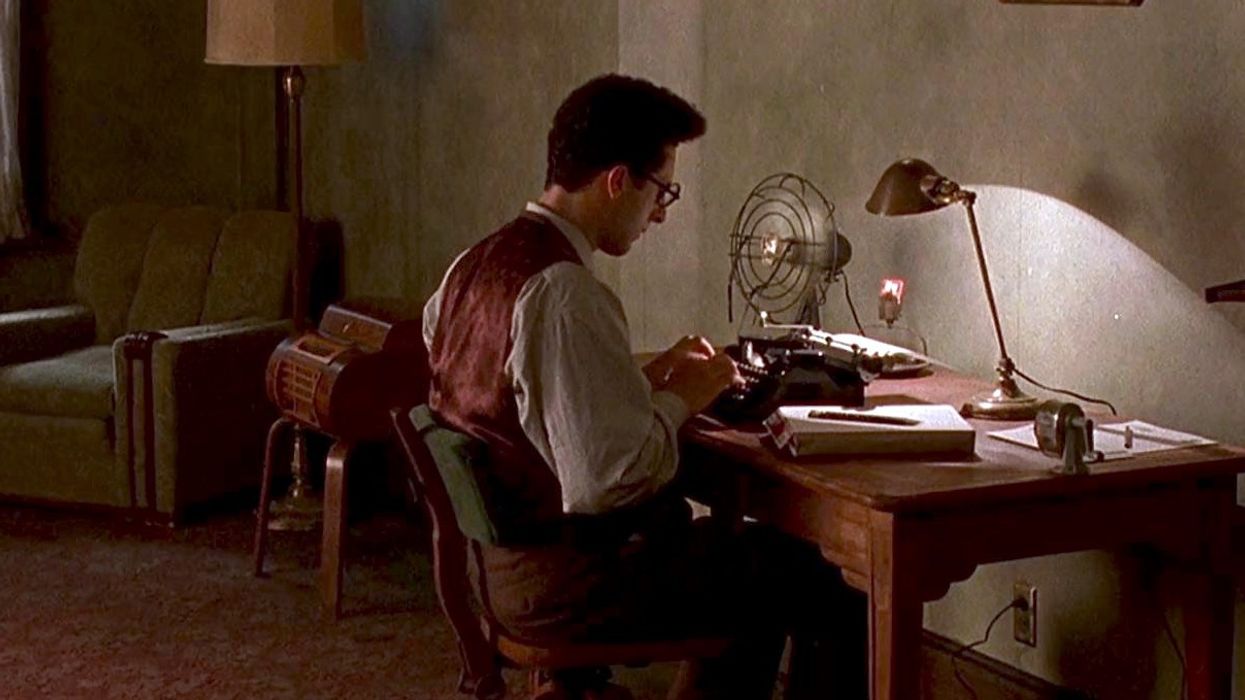Jump-start Your Career with These Five Big Screenwriting Competitions
Screenwriting competitions can provide the jumping-off point for major writing and directing careers.

Maybe you're like Evan Daugherty, and you just need the help of a competition like Script Pipeline. The competition took his winning script Snow White & the Huntsman to a manager, and the project was later sold to Universal for $3 million.
Sounds pretty good, right? Most know the benefits that screenwriting competitions can provide, but sometimes we writers just need a little bit of a kick in the pants and a reminder that big deadlines are looming. So, screenwriters, here are some major screenplay competitions with deadlines that are coming up quick!
1. Humanitas New Voices
Television writer Cathleen Young created New Voices in 2010 to provide grant money and mentorship to aspiring writers in the categories of half-hour pilot, hour-long pilot, and feature screenplay. Winners receive $7,500 and several months of development mentorship with partnered showrunners.
New Voices is looking for scripts that challenge readers to use our freedom to grow and develop, confront readers with our individual responsibility, and examine the consequences of our choices.
The regular deadline is March 31.
2. 2019 ScreenCraft Fellowship
Winners of the ScreenCraft Fellowship receive a paid trip to Los Angeles, meetings with managers, writers, and executives, and three months of consultation and development mentorship. They also have a pretty big online community where you can connect with fellow writers.
The final deadline is Feb. 28.
If you happen to miss this one, there are plenty of additional ScreenCraft competitions throughout the year. Their genre competitions are particularly popular. For instance, their sci-fi and comedy competitions have some upcoming deadlines, too.
3. Austin Film Festival
One of the most popular screenwriting competitions today is the Austin Film Festival screenplay and teleplay competition. The festival was founded in 1994. Although it screens films too, the entire festival is centered around the craft of writing and developing ideas, and and writers are able to connect with their peers at fun networking events. Even writers who don't make it to the finals get the much-coveted "Second Rounder" label and bragging rights, as well as discounts on festival badges.
Austin Film Festival's early deadline is March 29.
4. The Nicholl Fellowships
Perhaps the most prestigious competition of all is the Academy of Motion Picture Arts and Sciences' Nicholl Fellowship, which began in 1986. The competition awards $35,000 grants to a very limited number of up-and-coming feature screenwriters. Winners will obviously also have the benefit of the Academy's industry connections, which could potentially launch careers.
The early deadline is March 7.
5. Script Pipeline
Script Pipeline's screenplay competition has been held for 17 years and boasts some big success stories. For instance, the recently released Standoff at Sparrow Creek was a Script Pipeline winner. The grand prize winner, runner-up, and finalists all receive introductions to managers, agents, and development executives, development assistance with scripts, invitations to industry events held by the company, and help with script circulation.
Script Pipeline's early deadline is March 1.
For those who want to write stories in other formats, Writer's Digest has their Annual Writing Competition. (There's a screenplay category here, too!) Their deadline is May 6.
It may seem like these deadlines are right around the corner, but there's still plenty of time to polish off your drafts and get them submitted.
Are you preparing a script for any upcoming competitions? How far along are you? What are some of your other favorite screenwriting competitions?












